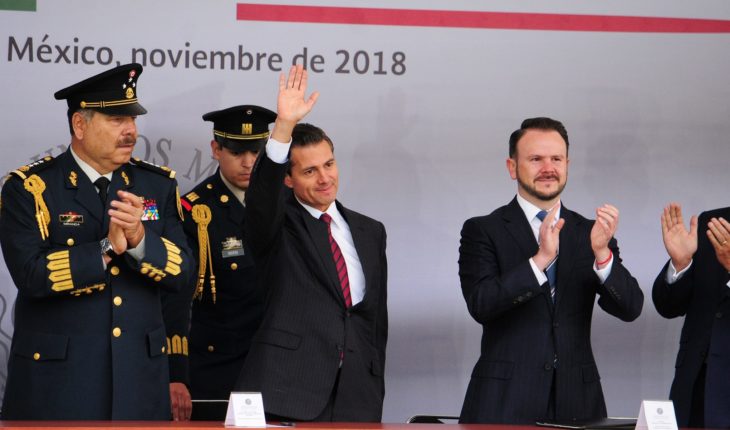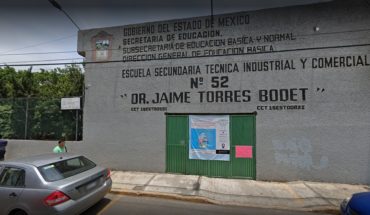the implementation of structural reforms contributed to the increase in public debt in 2014, recognized the Government of Enrique Peña Nieto in the responses to the Congress on the occasion of its sixth Government report. Although did not itemize the amount of this increase.
“To support the implementation of structural reforms in its phase initial public deficit increased by 2014”, said the Government in the document sent to the Senate.
The Government said that spending reforms by the economic difficulties of the next few years, joined prompting debt will increase between 2013 and 2016.
The question of the parliamentary group of Brown in the Senate over: “Why despite the structural reforms which are promoted in the present presidential term, GDP federal public sector debt has reached record highs?”
The administration of Peña Nieto said that among the causes of the increase in the deficit is a low global growth; the decrease in the price of oil and international financial volatility, which affected the level of the exchange rate, and “they had a strong impact on the growth of the economy of the country in 2015-2016”.
in total, during the Presidency of Peña Nieto debt increased 8.3%.
the Government explained to the Senators that debt increased 3.4 percent depreciation of the exchange rate (the weight lost value against the dollar), since the external debt is accounted for in dollars, this increased.
Also noted that there was an increase of 1.5% by Pemex and CFE pension liabilities adjustment; the indebtedness of the dependencies for investment expenditure meant an increase of 3.4%.
The Administration, which ended on November 30, said that “59% of the increase in debt was caused by factors other than the deficit. However, thanks to the implementation of a programme of fiscal consolidation, the deficit was reduced and stabilized the debt”.
In parliamentary answers to the Chamber of Deputies, the Government of Pena said that external debt, at the end of August this year, was $ 192.6 billion, which is equivalent to 15.7% of annual GDP.
“Indebtedness during this Administration has done with strict adherence to the provisions of the Constitution,” he added in his response to members.
He stressed that the balance of the debt fell in the last three years of his Government thanks “implementation of a programme of fiscal consolidation, reduced the deficit and the debt stabilized”.
The Government explained that the liabilities moved from 48.7% at the end of 2016 to 46.0% at the end of 2017 and expected public debt to continue decreasing in 2018 to 45.5% of GDP.
“He has worked to generate wealth for all, stops an economy with stability in financial markets, an economy that is supplied with a recovery of more than 15% in real wages”, stresses in his answers.
He added that there is stability in prices of staple foods. Put as example the price of kilo of tortillas, which said increased by 17%, compared to 60% in other administrations in this administration. To spend 12.4 pesos in 2012 14.6 this year; the liter of milk were paid in 14.1 pesos, and for closing the Government purchased at 17.6 pesos.
The Government said the bean is in the same price that at the beginning of the presidential term, and the egg is outsells 5% lower than at the end of Felipe Calderón management.
Peña Nieto Government emphasized in its reply that “thanks to these measures, the level of debt in Mexico is lower than other countries both emerging and advanced. For example, the level of debt as a percentage of GDP observed in other economies at the end of 2017 was 78% for Brazil, 105% for United States, 238% for Japan, 47% on average for emerging countries and 59% for Latin American emerging countries”.
translated from Spanish: Structural reforms increased debt of Mexico
December 4, 2018 |





